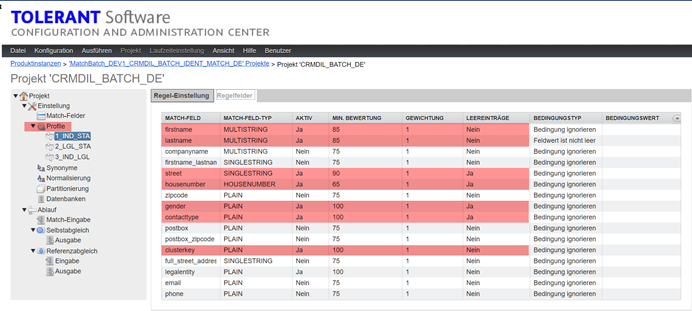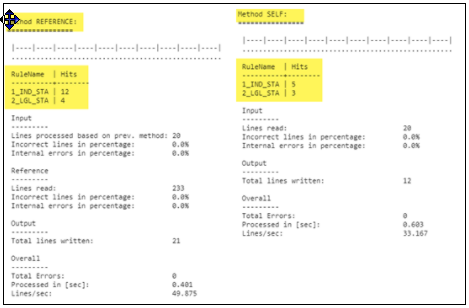Well-maintained address lists and customer master data are the basis for successful marketing and sales campaigns. In addition, an error-free address database is crucial for meaningful analyses and statistics and is fundamental for targeted campaign management. One of our customers had a requirement to increase the quality of customer data in order to better implement targeted marketing campaigns. It is therefore important to carry out a regular duplicate check to find duplicates and clean up the addresses.
Tolerant Match from Tolerant Software, which was designed for this purpose and can display the degree of similarity of data sets using a highly configurable score, was the tool of choice.
Identification types
Static identification
When loading customer data, a check is made against the inventory to see whether the customers can be identified.
Dynamic identification
The system checks for duplicates or related data records within the current data delivery.
Identification via Tolerant Match
Tolerant Match is a GUI tool from Tolerant Software that can connect to databases and helps to identify duplicate or similar data records. The cleansed data can be written back to the database.
Tolerant Match enables fuzzy identification criteria. This means that it provides solutions to enable identification even if there are spelling problems or incomplete information in the identification data provided.
Tolerant Match finds address data and customers, even if only fragmentary information is available. The special technology in Tolerant Match also makes it possible to combine different search options.
A contact can be identified using various combinations of fields. In the example, this is attempted using FIRSTNAME, LASTNAME and address.
Creation of rules for reference data
The rule set for tolerant compliance is managed in customer-specific profiles that are stored in XML files. The rules are quite complex and usually not very volatile. The easiest way to customize them is usually via the GUI and save them in an XML profile.
Due to the complexity of the XML profiles, it is advisable to manage them in a version control tool so that any changes can be easily tracked.
An example of a Tolerant Match profile:
The degree of match between two records is indicated by a score, the calculation of which can be influenced in the rules:

Tolerant Match searches the data for matches (here is an example log):

In the example, the condition for a match is that the score exceeds a predefined minimum value: If the score for the match reaches the specified value as here (in the example in column 2, the score is 95)...

...the contact is identified and can be written back to the database with the ID found:

